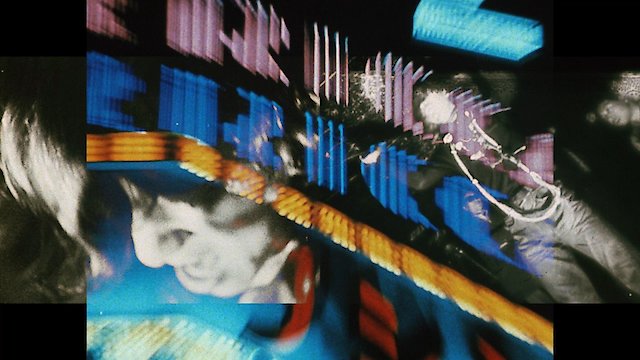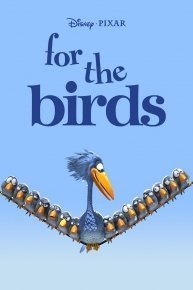
For the Damaged Right Eye
Where to Watch For the Damaged Right Eye

"For the Damaged Right Eye" is in the realm of avant-garde cinema and runs for approximately 13 minutes. Directed and produced by Japanese renowned experimental filmmaker, Toshio Matsumoto, in 1968. This film is bold, boundary-pushing, and, above all, visually stimulating.
Matsumoto's venture builds an array of vivid images to create a film on three separate 16mm projectors, which together form one composite image. This technical experimentation provides unique visual experience, a far cry from conventional linear storytelling. The piece was designed to be presented on three screens simultaneously, an approach that adds a layer of complexity and richness to the viewing experience.
The chosen title of the film is symbolic, denoting a sense of loss or damage, and implying a deep relationship between the vision (physiologically or metaphorically) and the personal experiences or trauma. The triple projectors reflect the act of seeing through three lenses, or perhaps three different perspectives which could signify different viewpoints on life or interpretations of reality.
Primarily shot in black and white, the film explores the boundaries of ordinary life, youth culture, and sexual politics while incorporating an exploration of social and cultural norms in Japan during the late 1960s. The fast-paced sequence of imagery resembles a form of visual poetry. The reality is refracted and presented in a series of fragments, something that may be disturbing to some viewers but liberating to others.
The film uses a combination of documentary footage and artificial acting scenes—a blend of two types of truth, factual and emotional. Its images explore a wide range of subjects, from explicit scenes of sexual intimacy to highly stylized visual representations of student protests. Interspersed between these bold images, the audience witnesses scenes from ordinary Japanese life, which contrast sharply with the intensity of the more provocative sequences.
This fusion creates a unique visual language, which leans on the edge of abstraction yet remains rooted in the concrete and physical. This synthesis is further intensified by a juxtaposition of images, with scenes ranging widely in tone, theme, and implication. The disparate subjects can sometimes create a challenging viewing proposition, demanding deep focus, and an openness to unique forms of storytelling.
The film’s editing is dynamic, with jump cuts, stop-motion, and various other editing techniques used to create a specific rhythm. This is accompanied by a soundtrack that is equally varied and intense, including electronically manipulated sounds, rock music, and even moments of silence, reinforcing the experimental nature of the movie.
"For the Damaged Right Eye" is not intended to take its viewers on a cohesive narrative journey. Instead, Matsumoto's piece is an exploration of the medium of film itself and of the viewer's response to that medium. The film invites participatory viewing; it asks the audience to actively piece together its meaning as the sequences unfold.
As such, the film is a brave experiment in avant-garde filmmaking, a love letter to the medium of cinema exploring its boundaries and its possibilities. It is a challenging piece of work that will not appeal to every viewer but will reward those open to its unorthodox structure and presentation.
Overall, "For the Damaged Right Eye" is an innovative piece of experimental cinema that would appeal to anyone interested in non-traditional forms of filmmaking. Its exploration of the boundaries of the medium, combined with its challenging and involving structure, makes it a must-watch for appreciators of experimental art forms. Though it may not appeal to everyone's tastes, the film significantly contributes to our understanding of the capabilities of cinema, and the ever-evolving ways in which film may serve as a form of artistic expression.
This film is a thought-provoking exploration and demands a different type of engagement from the audience, making it an interesting piece for anyone that values a challenge and appreciates the unconventional. Toshio Matsumoto's "For the Damaged Right Eye" is a brave, peerless, and daring work of art that has earned its rightful place within the annals of innovative cinema.
For the Damaged Right Eye is a Short movie released in 1968. It has a runtime of 15 min. Critics and viewers have rated it moderate reviews, with an IMDb score of 7.1..






















